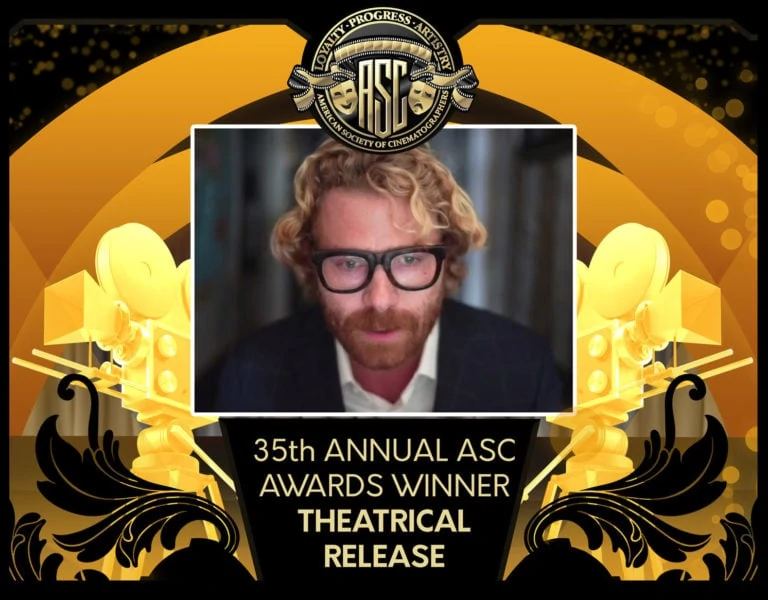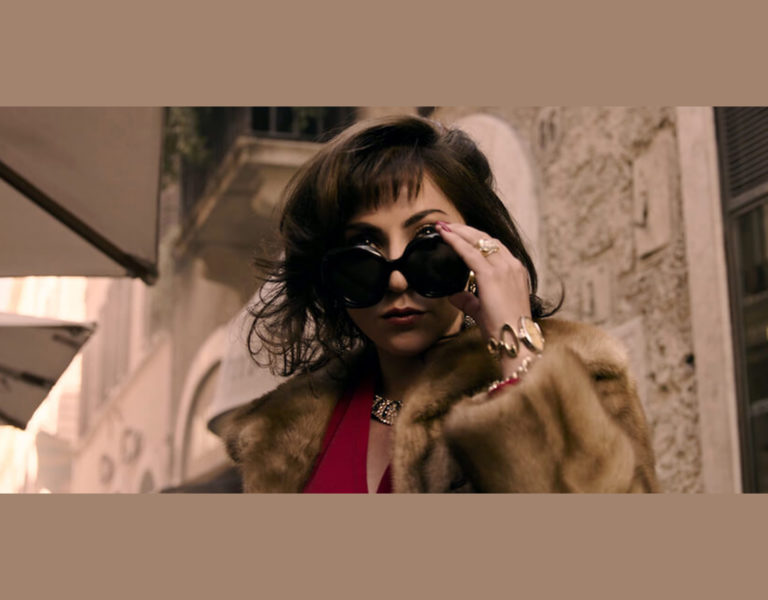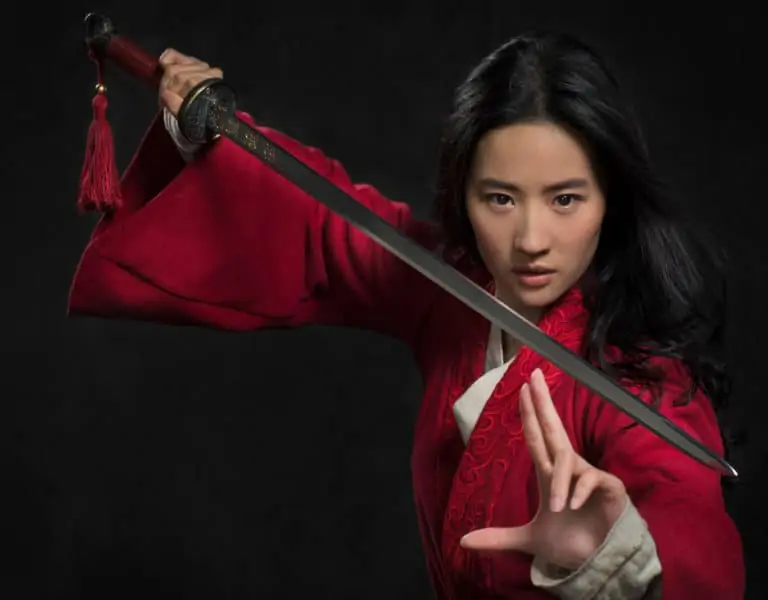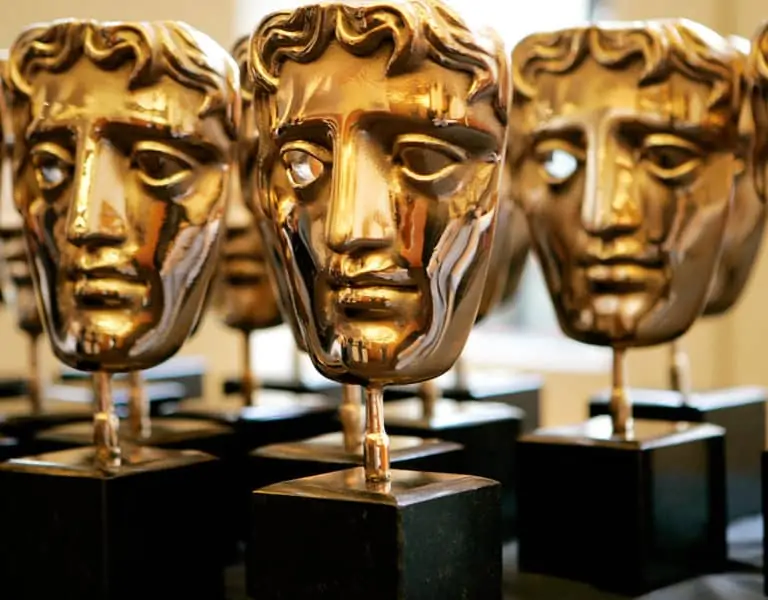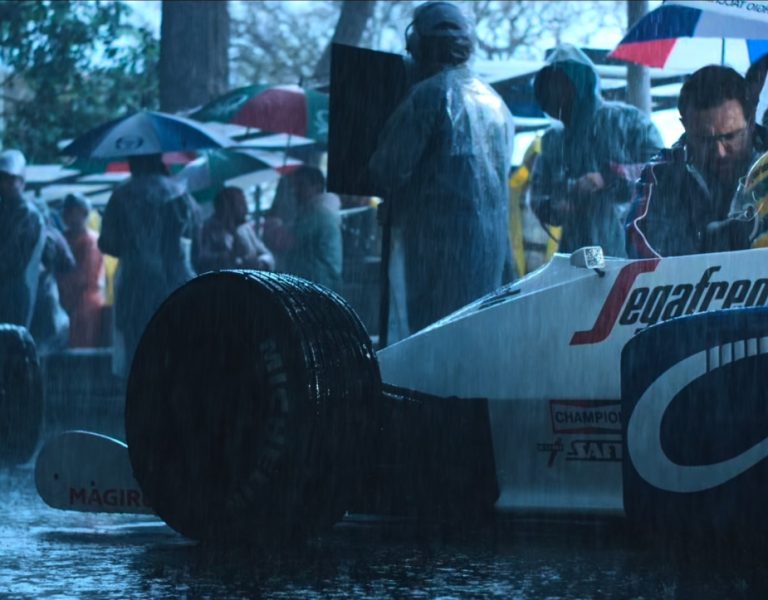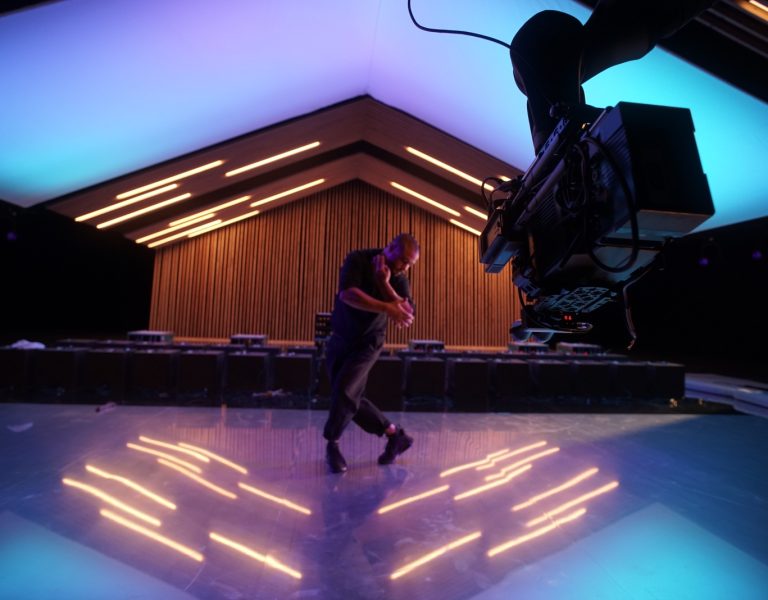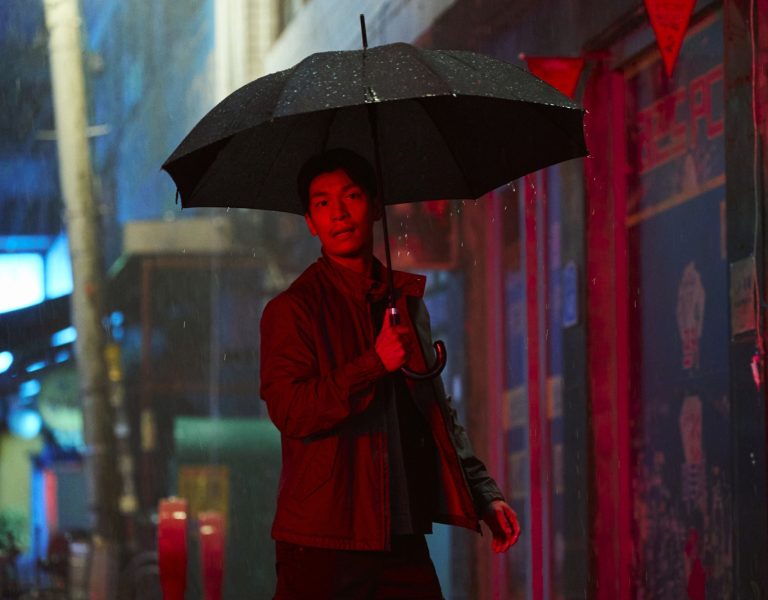Perils of parenthood
Newborn euphoria soon turns to trauma when baby Brian’s mother, Emma, makes a horrific decision in The Changeling, the Apple TV+ adaptation of Victor LaValle’s hit novel.
With a narrative spun from folklore and fairy tales, framed against a modern New York backdrop, The Changeling is a dark parenthood fable that’s laced with influence from King and Lovecraft.
Being a parent himself, cinematographer Marcell Rév HCA ASC admits being “terrified” by the premise when he first read the script but was equally intrigued. “I found it so interesting – I felt like I had to do it,” he recalls.

Rév shot the pilot with director Melina Matsoukas, before Christopher Norr and Steve Cosens assumed DP duties for the rest of the series. “Melina is a very profound, specific person,” says Rév, “but she’s also very open to suggestions. She’s interested in [being given] options, then she’s very decisive about what option she wants to go with. A director like that is a big help for us as cinematographers because it’s easier to work with someone who understands the visual language.”
The pair’s early thinking process about that language involved exchanging photography and film references. Although Rév is wary about mentioning specific influences, he does reveal that they pored over vintage photos of New York: Harlem in the 1970s and Queens in the ‘90s. “That’s one of the most exciting parts of production,” he smiles. “Obviously, when you start shooting, that’s when the real adrenaline kicks in, but I love this ‘dreaming’ phrase of pre-production when you still don’t really have the restraints of budget and time.”
What particularly interested Matsoukas, Rév remembers, was balancing realism – after all, Emma and her husband, Apollo, are ordinary parents living in New York – while setting up the tone for something unexpected to happen. “It’s a world that’s a little bit off. You never know what will come round the corner, and I think that’s interesting. Also, in a horror movie, the most interesting part is before you see what’s frightening, and I think this applies to the pilot – we set a tone that allows these things to unfold.”
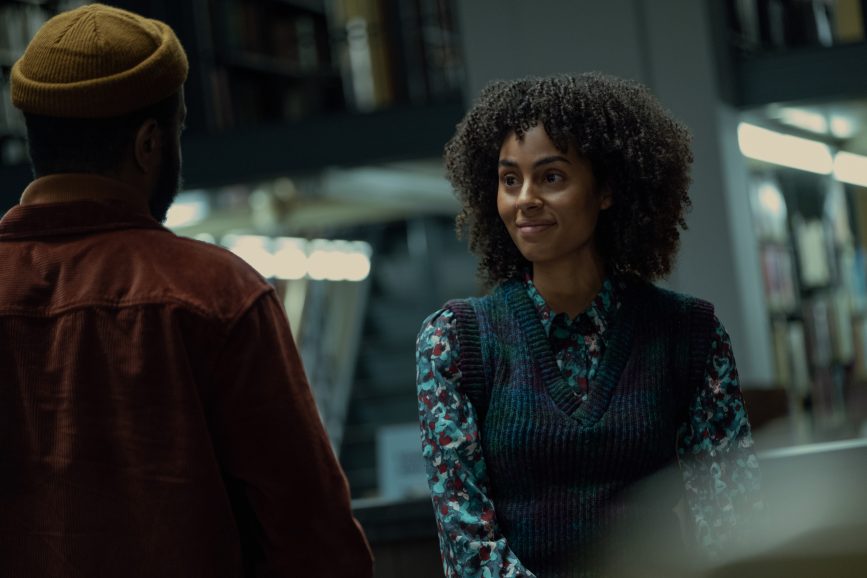
When conversation shifted to how to translate Matsoukas’ ‘heightened realism’ on a technical level, Rév’s focus turned to LUTs and lenses. It’s no secret that the cinematographer has an affinity with film, as evidenced by his two most recent TV projects, The Idol and Euphoria (the latter earning him an Outstanding Cinematography Emmy in 2022). While The Changeling may have called for digital capture, he still sought an analogue look, so called on frequent collaborator, Company 3’s Tom Poole, for advice.
Rév, who enjoys having a colourist’s insight throughout the image-making process, brought Poole into the equation from testing. “What we did was involve some chemicals in the process, just as a test. I don’t want to reveal our secrets here,” he adds, “but it was a film out test on a very special stock. We then rescanned that and Tom gave it a really special grade, and that became our main reference for the show. We leaned into a full-on, 100% analogue look. For budgetary reasons, we couldn’t afford to print out the whole series but at least we knew how it would look on film stock.”
From there, they crafted a LUT that provided them with a similar look to their test and made two versions of it: a lighter one for the present-day scenes and a heavier one for flashbacks. “The other thing was, it was a very unsensitive stock with a heavy contrast, so we created this really heavy LUT,” explains Rév. “It was a courageous move in a way because you needed way more light, so I always rated at around 320 ISO.”
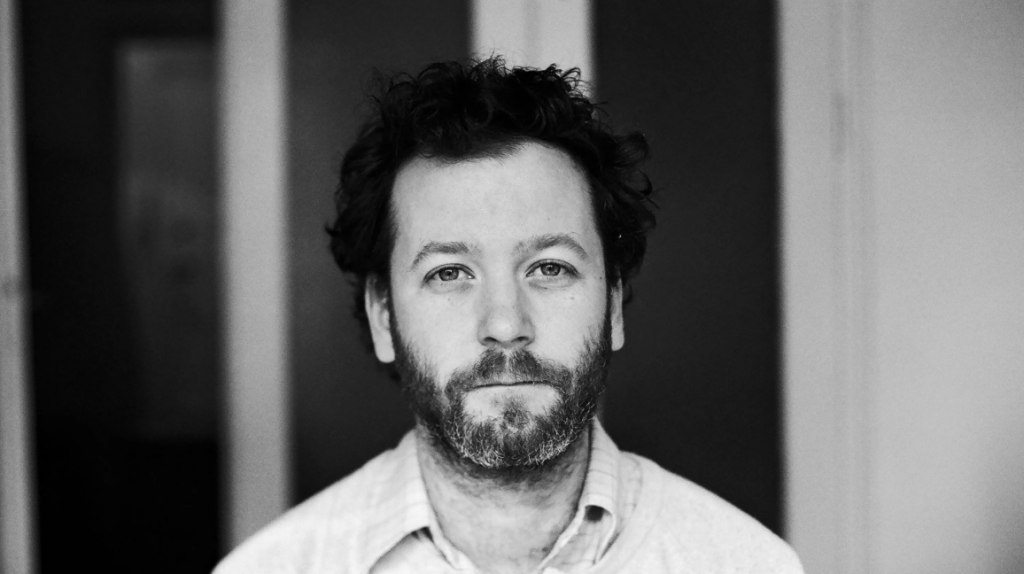
It’s an approach he likes when shooting on digital, because it “forces you to make real decisions lighting-wise on the structure of your image: I want light here, I want shadows here. It’s never that milky, muddy image – it’s something that’s already structured by the fact that it needs exposure, and that was the case here. I really give props to my fellow DPs who continued to bear with this. I didn’t put them in an easy position! But ultimately, it was a beautiful LUT once you got it right. Lighting-wise, it was more of a film approach than a digital approach.”
Another way Rév helped to realise Matsoukas’ vision was through his choice of lenses: newly rehoused Xelmus Apollo anamorphics with gloriously heavy bokeh, paired with the ARRI Alexa 65 and custom filters. “The lenses have this halo effect – a really heavy falloff – and it helped to blur the edges and blur the surroundings a bit to create this distorted world around the characters,” he says. “That just felt right for this story. We weren’t sure about the aspect ratio but we were sure about the texture of these lenses, so they ended up defining it.”
This wider aspect ratio played into Rév’s compositional choices, including his love for centre framing. And when it came to camera movement, he’s also a big fan of dolly moves. Both Rév and Matsoukas wanted the movement to be motivated by the actors, “but it’s not just a straight follow,” he explains. “The scene should indicate it, but it’s usually a counter movement, or revealing something, or wrapping around someone – so it’s motivated by the characters and also telling the story, not just following them around.”
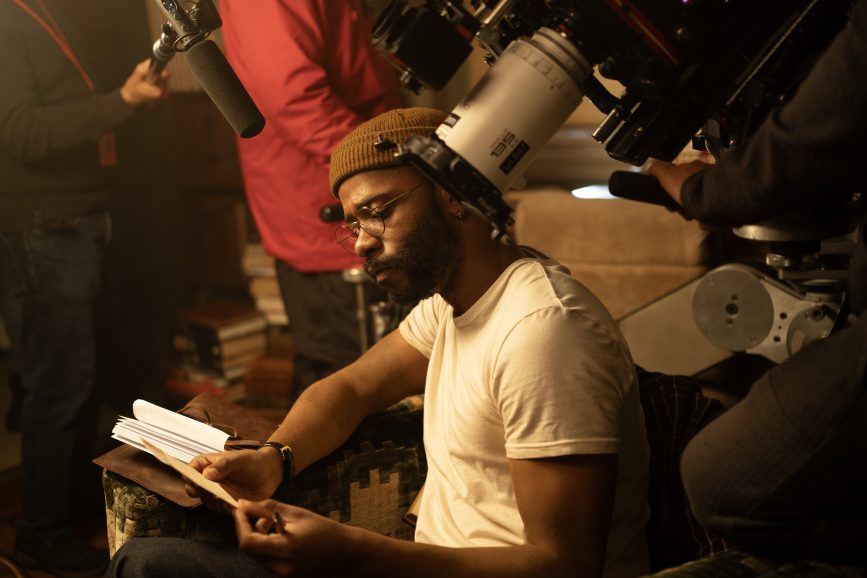
Shooting in New York was an interesting challenge for the DP. “I love New York and I love the look of it, but it’s just so hard to shoot there – everything is so narrow and tiny,” he says. “We had pretty heavy lighting equipment and fitting it into tight spaces wasn’t the easiest part. We shot on rooftops and we shot in really tiny office spaces. It’s always a struggle, but it’s always worth it.”
That lighting kit for the pilot centred on tungsten, along with HMIs for daytime, with Rév describing himself as an “old-school guy” when it comes to lighting. “On stage, I try to completely avoid LED lighting unless it makes sense because it’s a special colour. Otherwise, I try and use the older units, even for close-ups I really like the look of a tungsten bulb.”
Back in the grading suite, Rév remembers: “Since we had this really heavy look, and we had it with us on set, the colour grading was really just about going into details. Melina loves to get into these details – she loves a soft shadow, which I was happy to go with. It was just tiny details – how lifted that shadow is, and trying to find the right style for a certain colour. It’s really just about going into those details, as the broad strokes were already there on the shoot.”

He was especially pleased with how crafting the pilot’s filmic look turned out. “Every time I’ve shot on digital, this is the closest I could get to the actual chemical photographic process look so far. Big props go to Tom [Poole] for his ideas and involvement in it.”
The Changeling is on Apple TV+ now.
